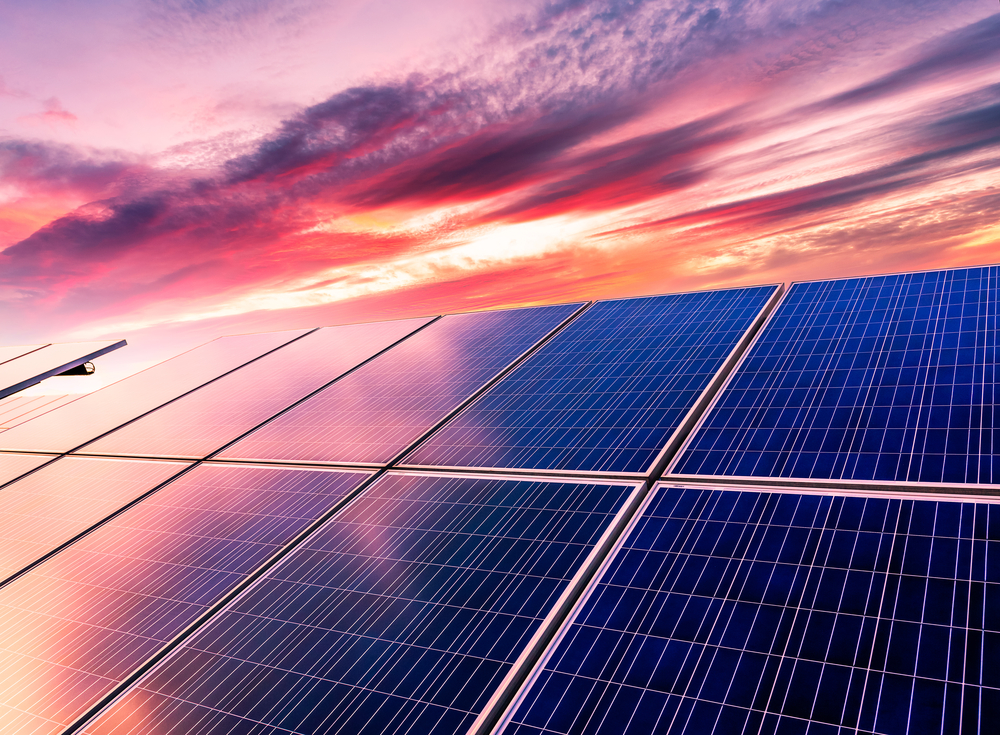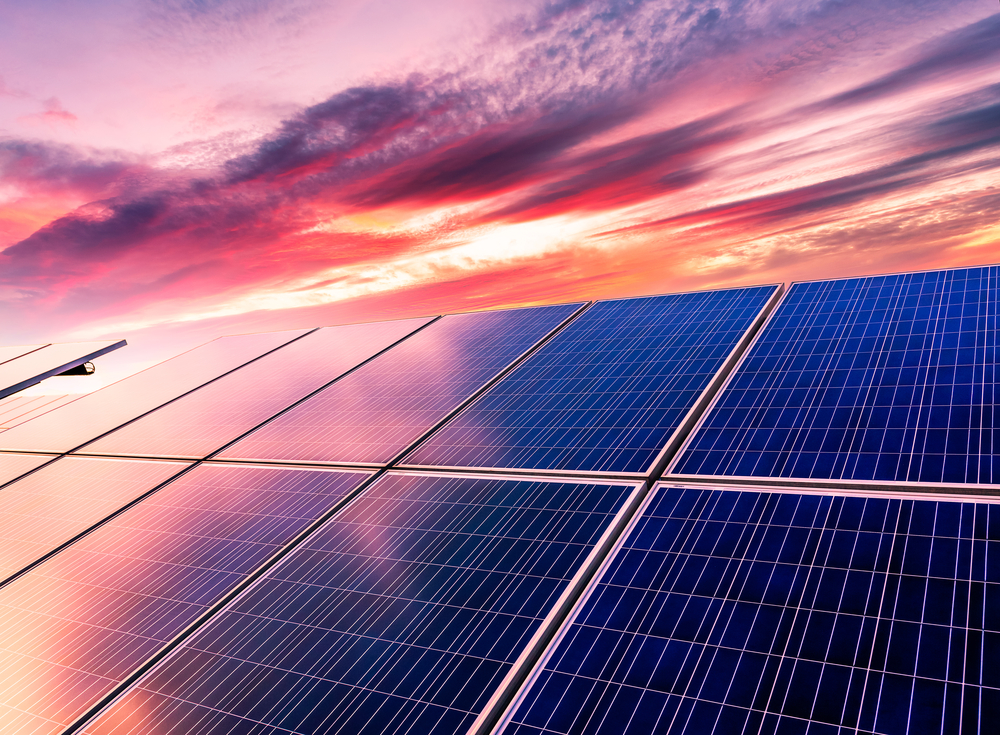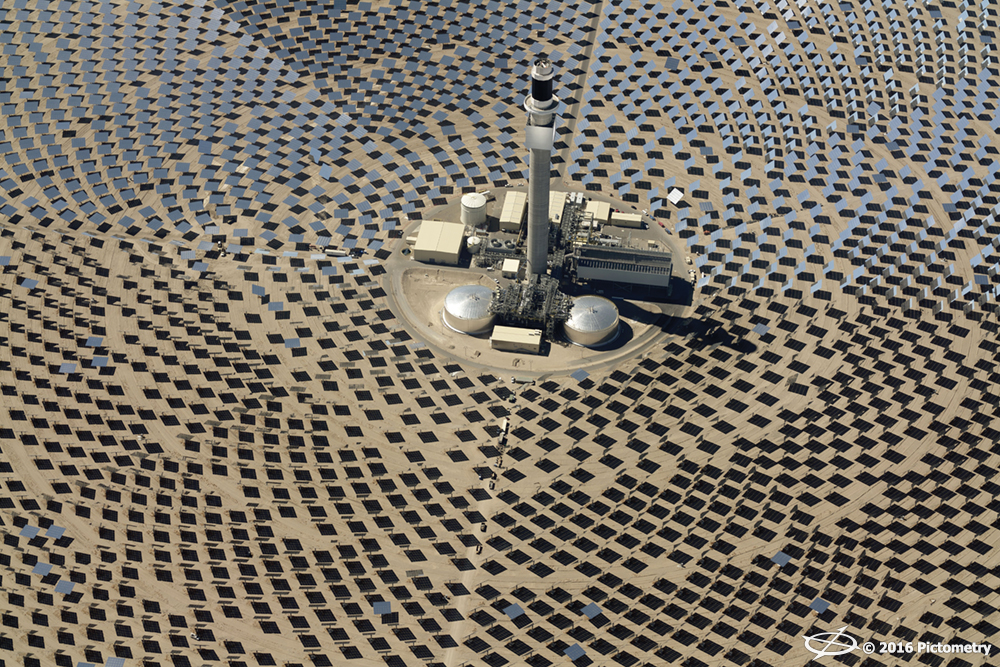Going Green: Tips for Selling Solar in the New Year

Updated February 2019
“Going green” is a phrase we hear a lot these days. When it comes to the awesome power of solar energy, in particular, it’s no wonder so many people care about being environmentally friendly. By the end of 2016, Americans had installed more than 31 gigawatts of solar electric capacity throughout the U.S., or enough to provide electricity for six million homes, according to a report from Environment America Research & Policy Center.
New technologies could make this the year for solar, Wired predicts, as solar photovoltaic systems become more efficient. Meanwhile, solar installation costs are falling as the technology becomes more widespread in use and availability.
As a solar industry professional, how can you develop your business strategy for the New Year and help property owners go green? Check out our recommendations for selling solar in the new year:
1. Explain the environmental benefits of solar.

Solar panels: they do more than just look pretty!
Your prospective customers will likely ask you about the advantages of solar energy, and for many, cost is a big factor. Fortunately, the cost of solar PV systems has decreased by approximately 70% in recent years, making them easier to afford than ever before. Properties that stay on the grid can see significantly reduced electric utility bills each month, and in some cases solar users can earn a credit from their power company for producing – rather than using – electricity.
Green initiatives throughout the United States can help reduce installation costs for homeowners. Financial incentives vary by state, but knowing what’s available to your customers could help you make the sale. Check out the Database of State Incentives for Renewables & Efficiency (DSIRE) from North Carolina State University to see the policies, rebates, and other financial incentives in your state.
But “going green” isn’t only about cost. Homeowners want to know the potential environmental benefits of solar energy, of which there are many. From Environment America’s report: the use of solar energy in 2015 alone averted 8.4 million metric tons of greenhouse gas pollution, equal to taking almost two million cars off the road or burning 20 million fewer barrels of oil.
Solar power usage can also greatly improve air quality, especially for the 44% of Americans who live in regions with dangerous levels of pollution. Growth in the solar industry also creates jobs and helps local economies – but if you’re a solar contractor, you already knew that!
2. Explore new tech and innovations.

The Crescent Dunes Solar Energy Project, from our 2016 Pictometry® calendar
As the costs associated with solar PV system installations drop, the innovations in the solar industry have only picked up speed.
Expert predictions show that solar energy storage will make waves over the coming years. Homeowners who want to completely leave the grid behind may be able to do so, if they can make the necessary investments. Scientists have also developed a new thin mineral coating, known as a perovskite layer, for solar panels, thereby increasing their efficiency by at least 20%, according to Wired. As these new materials become available on the market, there are more options for property owners and installers alike.
Knowing the trends in the solar industry makes you a trusted source for your customers, and it’s also a good business decision. Last year, we polled more than 200 solar industry contractors and professionals and found that 79% of residential solar installers and 71% of commercial companies plan to invest in new technology throughout the coming year. Translation: keeping up with new tech can actually keep you ahead of the competition.
3. Understand your customers’ needs.

Know where the skylights are in your solar project? Leaving that data out could mean costly site redesigns.
What is the best way to help property owners go green? For solar installers, understanding the requirements for each job is key.
EagleView SunSite can provide you with measurement information, including length, width, area, azimuth, and other data, so you know about a property before you even visit a site. Understanding each property can expedite the installation process and lead to fewer site redesigns.
Having the correct information doesn’t just impress your customers – it might be the trick to keeping their business. According to our solar industry trends report, nearly 70% of installers had to redesign a solar PV system once or twice before the installation, and incorrect or incomplete roof data is likely the culprit.
For small businesses that only handle a few solar installations each year, those setbacks can easily lead to lost sales. Showing up with all the right data can have a significant impact on your bottom line, and each job might just make the world a bit more eco-friendly, too.
